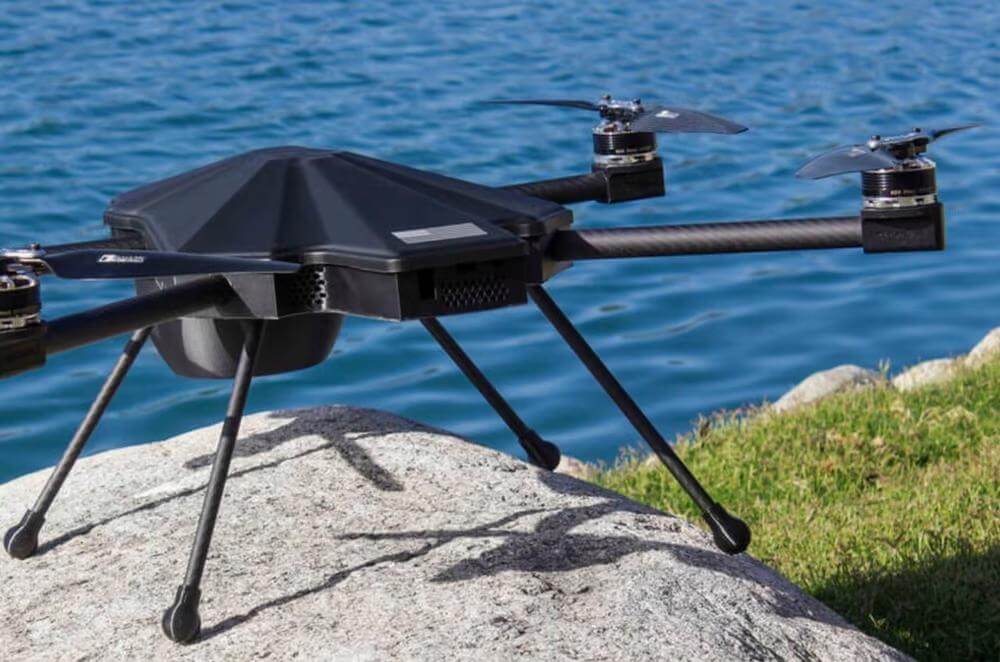
Polycarbonate threads are strong and incredibly heat resistant. Read on for the basics of printing with PC filament and some of the best brands!
Polycarbonate (PC) is a powerful material used in many industries. It stands out with three main characteristics: optical clarity, heat resistance and incredible strength. This makes it ideal for use in electronic boxes, automotive parts, robot bumpers and similar parts that require durability.
3D printing with variants of PC usually gives you a temperature resistance of just over 110°C, resulting in translucent/"icy" prints. Some brands offer a small range of different colors and blends, although the options are more limited than for more aesthetically oriented materials like PLA.
The parts printed with PC thread, they will come out great strong, but printing can be a challenge. Although some common settings are described below, as with any thread, check the manufacturer's recommended settings before printing.
Suggested settings and considerations
- Nozzle Temperature: 250-310 °C
- Bed temperature: 80-150 °C
- Fan speed: 0%
- Retraction distance: <10 mm
- Bed adhesion: glue, hairspray, cyanoacrylate, Kapton tape, ABS suspension, commercial solutions
- Printer housing: Recommended (not to say - mandatory)
- All metal hot end: Mandatory
- Distortion : Strong
- Layer Splitting: Heavy
- Fumes and odors: Strong
With these settings in mind, we'll also look at some troubleshooting tips and then dive into our roundup of the best polycarbonate filament brands!
Troubleshooting
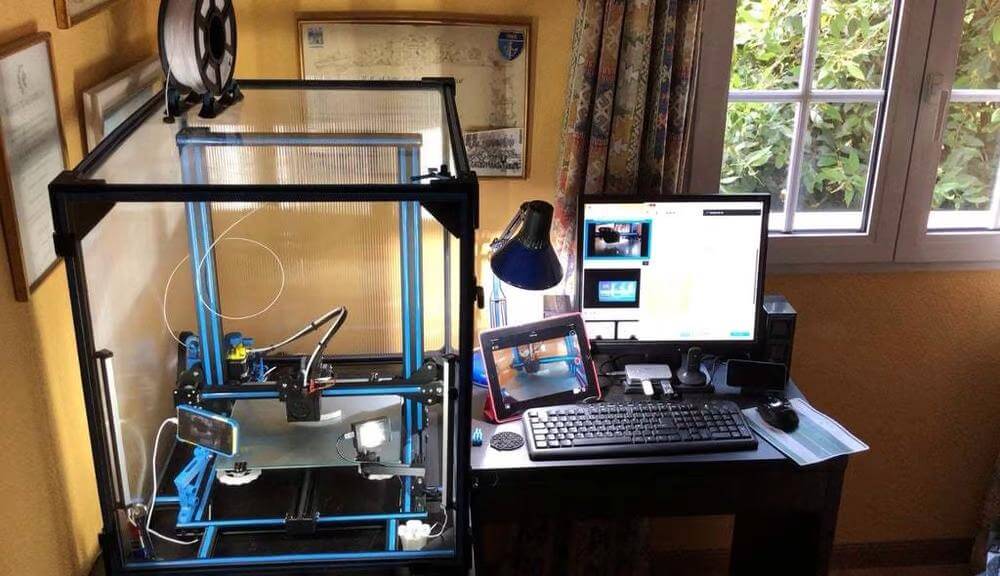
Manolo1948 via Thingiverse )
Unlike more common printing materials such as PLA, polycarbonate is known to be a difficult material to work with due to its sensitivity to the working environment. Below are some of the reasons PC filament is challenging to use and some tips for better printing with this material:
- High temperatures: Polycarbonate melts at much higher temperatures than most traditional printing materials. For this reason, an all-metal hot end and heated bed are a must, and printing in a controlled environment with an enclosure is highly recommended. However, people have been able to successfully print PC caseless, it's just harder and requires more setup.
- Air sensitive: Like ABS , PC the filament prints poorly if there is air flow, which usually causes brittle prints. Cooling of the part must be turned off to ensure proper adhesion between the layers. Note that this material is designed to be functional (as opposed to aesthetically pleasing), which means print quality may suffer.
- expiration / Oozing /: PC also has a strong tendency to "leak" during printing. Adjust your retraction settings, but avoid retraction distances greater than 10mm to prevent clogging. If your hot end doesn't get hot enough, start printing at lower speeds. Warning: material generates strong fumes and odors. This is another reason why it's usually best to print polycarbonate indoors – or in a well-ventilated area.
- Hygroscopic: PC is extremely hygroscopic, meaning it absorbs moisture from the air. This will quickly deteriorate the quality of the plastic, so keep your thread in a controlled environment with low humidity. Air-tight containers with silica gel packs will do the trick. For long prints, consider printing straight from the container, feeding the filament through a small, well-defined opening.
- Drying: If the filament of your polycarbonate has absorbed moisture, print performance will be severely hampered. The material will likely weaken, crack during printing, develop a poor surface finish, or string more easily. To remove moisture, dry your filament using an oven, food dehydrator, or commercial filament dryer, just as you would other filaments such as ABS or nylon.
Where does all this lead us?
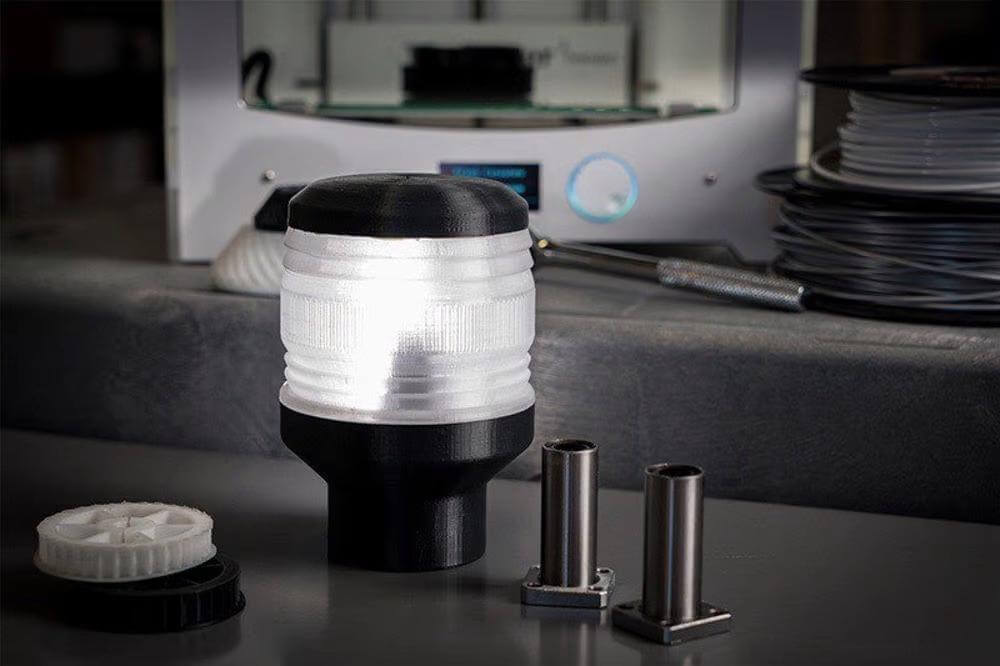
(Source: Ultimaker via Get3D )
Polycarbonate is tough: both to print and to break. It will withstand significant stress and heat, but at the cost of warping, cracking and a challenging printing experience. Manufacturers have improved the printing capabilities of PC in response to its growing popularity, but don't confuse it with the skill-forgiving PLA. For most of us, there are plenty of other materials that print more easily and do a good enough job.
Sometimes, however, parts require exceptional dimensional stability, durability, heat resistance, and strength. If that's what you need, get a polycarbonate roll and you won't be disappointed.
Below we've rounded up some of the best options for PC to get you started!
Ultimaker
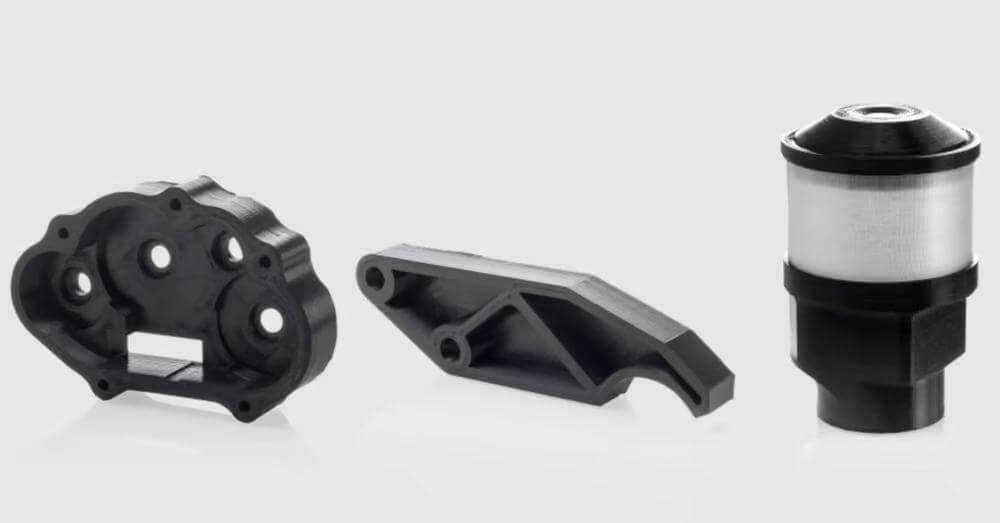
Ultimaker is usually known for high-performance printers, but their thread is no less commendable. With improved interlayer adhesion and well-tuned material profiles, Ultimaker PC is an outstanding choice, easy to print.
To be part of the ecosystem of Ultimaker also brings additional benefits: Ultimaker 3, S3 and S5 users will benefit from the included NFC tag that encodes all its print settings, simplifying work. Additionally, for those with the S5 Pro Bundle , the built-in thread storage system supports your PC fresh and dry all the time.
Available in 2.85mm black, white and clear, Ultimaker PC will provide you with good printability and smooth integration.
- Nozzle Temperature: 260-280 °C
- Bed temperature: ~110 °C
- Bed surface: Magigoo PC, glue, Ultimaker adhesive sheet
- Size: 750g spools; 2.85 mm
- Colors: black, white, transparent
Polymaker PolyMax
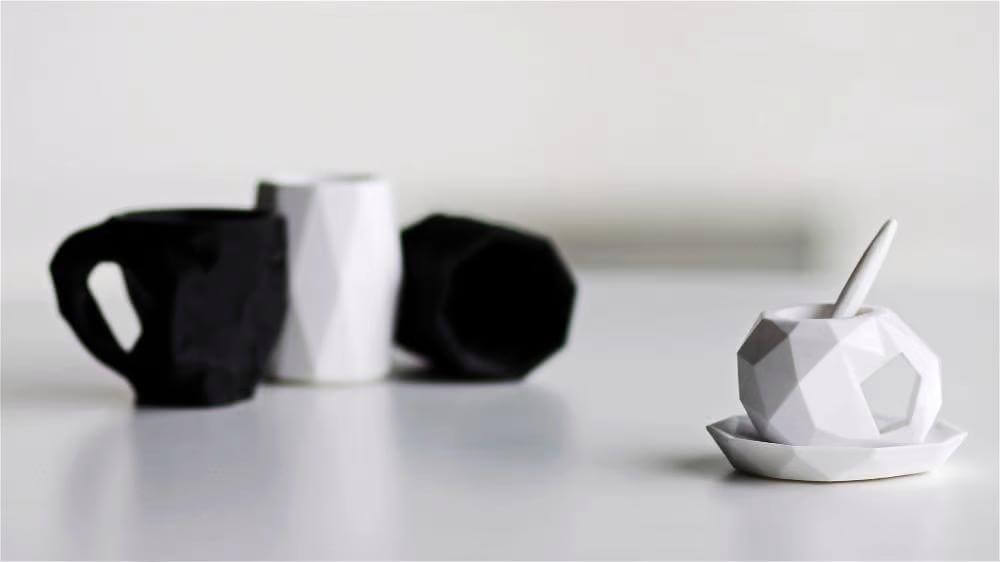
Polymaker's PolyMax PC (formerly known as PC-Max) is the PC material that the company offers. Tuned for smooth extrusion and warp resistance, PolyMax PC delivers performance without compromising printability (at least as far as PC is concerned). Durability is exceptional, with dramatically improved impact resistance compared to other PC filaments. Its strength is also suitable for the most demanding applications, as demonstrated by Polymaker lifting over 800 kg with a PolyMax PC hook.
Available in white and black color options, the PolyMax PC stands out from the crowd with its sturdiness and printability.
- Nozzle Temperature: 250-270 °C
- Bed temperature: 90-105 °C
- Bed surface: Magigoo PC, BuildTak
- Size: 750-gram or 3-kilogram spools; 1.75 or 2.85 mm
- Colors: black and white
3DXTech 3DXMax
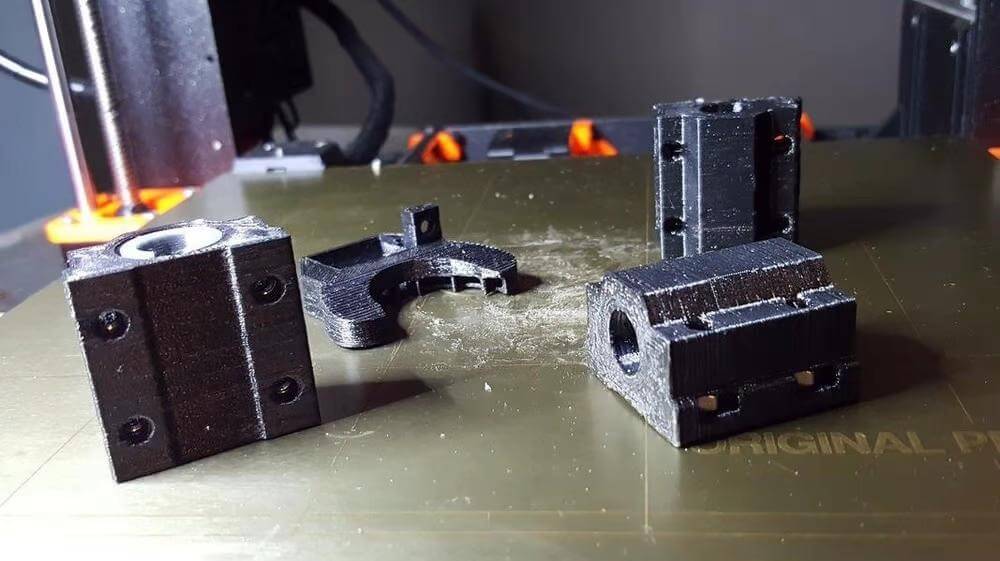
PC heat resistance is already pretty impressive, but what if you need more? Enter 3DXTech's 3DXMax PC. This PC filament features an eye-popping glass transition temperature of 147 °C for the most demanding applications. Just be aware that such high heat resistance requires equally high print temperatures, making a case highly recommended.
3DXTech also offers another version of this thread, known as 3DXStat, which is electrostatic discharge (ESD) safe. This means the parts won't transmit any discharge electricity, so it's useful for prints that touch or interact with electronics, such as hard drive enclosures or motherboard covers. Aside from ESD safety, the 3DXStat is very similar to the 3DXMax in terms of price and print temperature.
- Nozzle Temperature: 280-310 °C
- Bed temperature: 110-120 °C
- Bed surface: ABS slurry
- Size: 500g spools; 1.75 or 2.85 mm
- Colors: Black, White, Transparent (Natural)
Filamentum
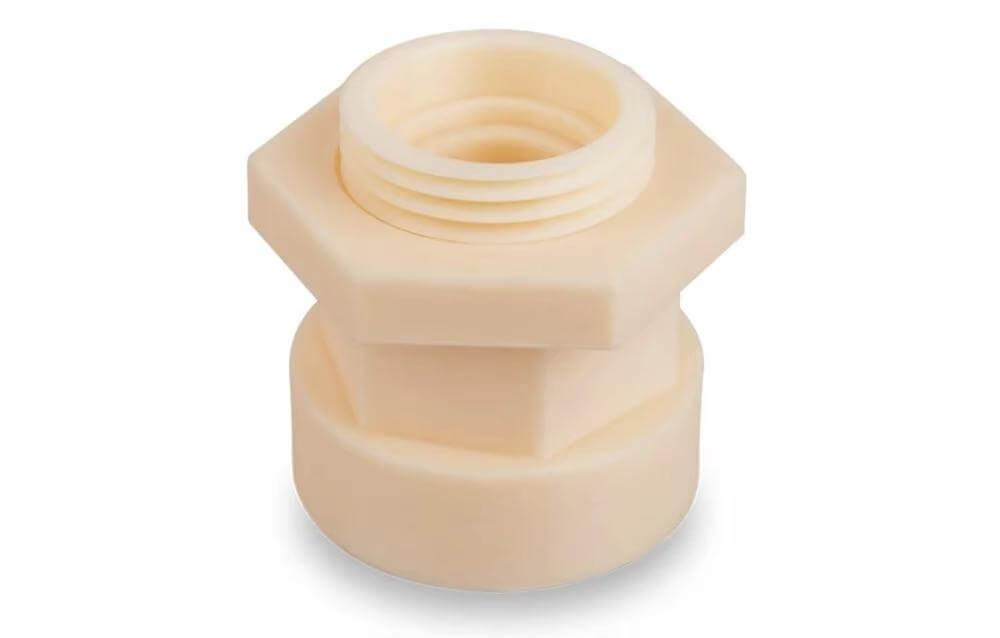
Fillamentum is a popular producer of a wide range of filaments, from PLA and PETG to vinyl and CPE. Fillamentum's PC/ABS filament is a unique blend of ABS and PC, meaning it is made by mixing ABS and PC polymer pellets to form the filament blend.
Mixing the materials gives a product that proportionally captures the characteristics, good and bad, of both components. As such, you can expect Fillamentum's PC/ABS filament to be a little harder to print, but also more durable than pure ABS.
Other properties of this thread include thermal resistance up to 115 °C, high impact resistance and ESD safety. According to Fillamentum's comparison chart, this filament is very stiff and stiffer than their ASA, ABS and HIPS filaments.
Fillamentum says this compound is great for automotive applications and electronic enclosures. Unfortunately, this material is only available in natural color and 1.75mm diameter, but a 2.85mm option may appear in the future.
- Nozzle Temperature: 260-280 °C
- Bed temperature: 90-105 °C
- Bed surface: Magigoo PC , 3D Lac
- Size: 1-kg spools; 1.75mm (2.85mm not yet released)
- Colors: Natural
3DXTech CarbonX
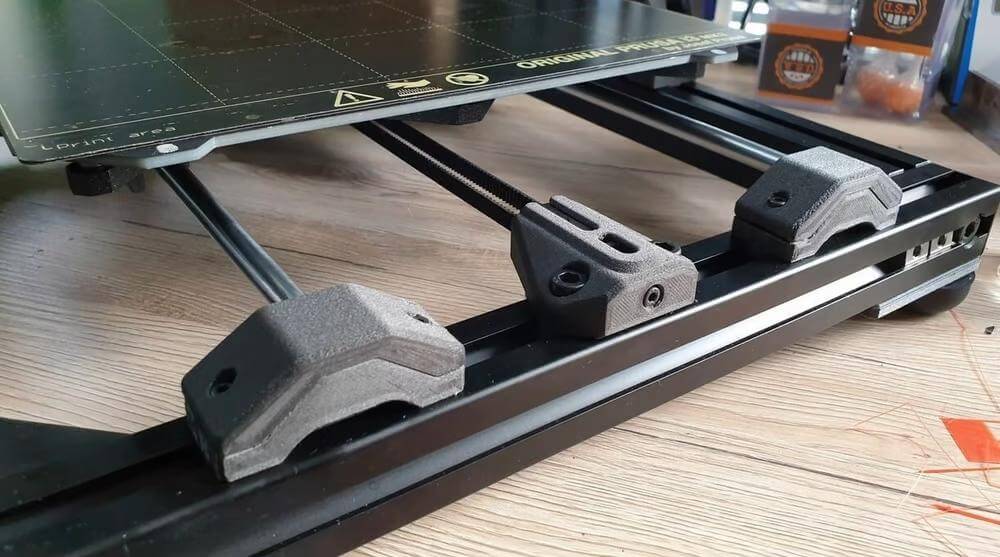
With CarbonX PC+CF, 3DXTech has achieved the same extreme heat resistance as 3DXMAX, but now with carbon fiber. By incorporating carbon fibers, CarbonX takes the already incredible mechanical properties of polycarbonate and increases its stiffness, which is desirable in many applications.
This high-temperature, high-hardness material is only available in black. Just keep in mind that carbon fiber is abrasive, so you'll want a hardened nozzle to print with.
- Nozzle temperature : 280-310 °C
- Bed temperature: 110-120 °C (some users had to go up to 140 °C)
- Bed surface: PEI, kapton tape, glue, ABS slurry
- Size: 750-gram or 2-kilogram spools; 1.75 or 2.85 mm
- Color: Black
In conclusion, all the advantages that polycarbonate gives place it among the materials used by engineers. If you are worried about whether you will cope with printing it, do not hesitate to get our help to achieve success with printing this material. We from 3MG Bonev Ltd. we will print the necessary parts for you if you do not own a 3D printer or want to save yourself the effort or the need to close your 3D printer. Feel free to contact us through the various options for this!
0 Comments